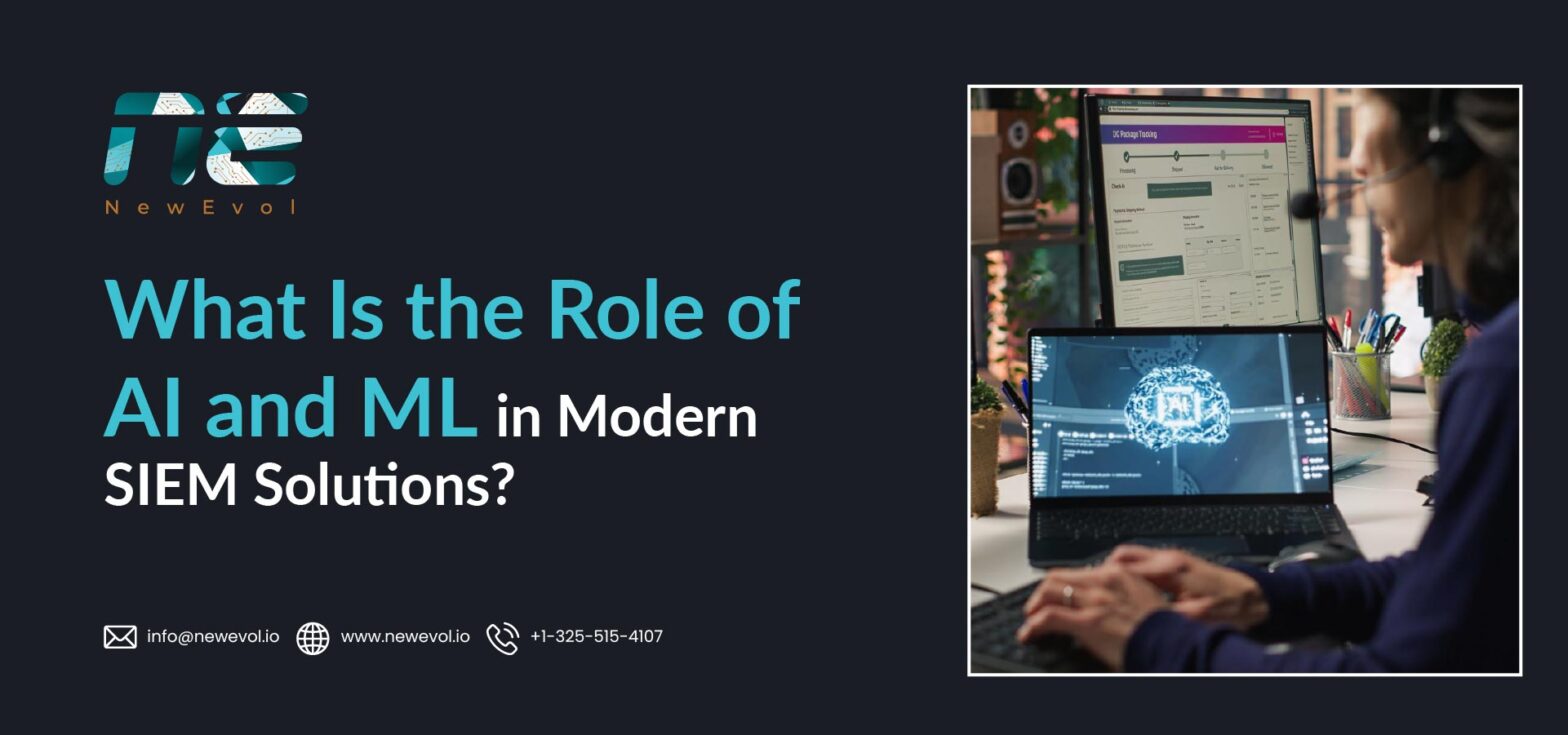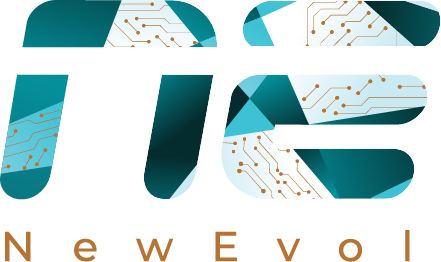What Is the Role of AI and ML in Modern SIEM Solutions?

The UAE’s digital economy is growing at an unprecedented pace. From government smart initiatives to private-sector digital transformation, organizations are generating massive volumes of data every second. But with this expansion comes complexity — and with complexity, new threats.
In this landscape, AI (Artificial Intelligence) and ML (Machine Learning) have emerged as the engines that power modern SIEM (Security Information and Event Management) solutions, turning traditional monitoring into intelligent prediction.
Let’s explore how AI and ML are transforming SIEM platforms into the backbone of proactive cybersecurity across the UAE.
Why Traditional SIEM Is No Longer Enough
Traditional SIEM systems were designed to collect, normalize, and correlate security logs from across the IT environment. They relied heavily on static rules and signature-based detections — effective for known threats, but blind to unknown or evolving ones.
However, today’s UAE enterprises operate in multi-cloud, hybrid, and remote-first environments, where data flows across thousands of endpoints, IoT devices, and cloud workloads. Static rules can’t keep pace with this level of dynamism.
The result? Alert fatigue, slow detection, and missed threats.
This is where AI and ML-enhanced SIEM solutions redefine the game — shifting from reactive alerting to predictive and autonomous defense.
AI and ML: The Brain of Modern SIEM
AI and ML act as the analytical core of next-generation SIEM. They bring context, correlation, and cognition into what was once just a data aggregation tool.
Here’s how they reshape modern SIEM functions:
1. Intelligent Data Correlation
Instead of manually correlating rules, AI models identify hidden patterns across massive datasets — linking user activity, network behavior, and endpoint telemetry.
In the UAE’s interconnected sectors (like banking, energy, and smart city ecosystems), this means identifying complex, multi-stage attacks that would otherwise go unnoticed.
2. Behavioral Analytics (UEBA)
Machine Learning models build behavior profiles for users, entities, and systems. When deviations occur — say, a privileged account accessing data at odd hours — the system flags it automatically.
This User and Entity Behavior Analytics (UEBA) capability reduces false positives and highlights genuine anomalies faster than any human analyst could.
3. Threat Prediction and Anomaly Detection
AI-driven SIEM solutions can predict potential attack paths before they’re executed. By learning from historical data and global threat intelligence, they recognize early warning signals — like lateral movement or data exfiltration — long before damage occurs.
4. Automated Incident Response
AI doesn’t just detect; it acts. Integrated automation (via SOAR capabilities) allows SIEM platforms to trigger playbooks, quarantine endpoints, or revoke credentials instantly.
This is vital for organizations in the UAE where response time is critical due to stringent data protection laws and regulatory oversight.
5. Continuous Learning
ML models evolve with every new dataset. As they process more incidents and behaviors, their predictions become sharper. This creates a self-learning SOC (Security Operations Center) where every alert makes the system smarter.
Benefits of AI and ML in SIEM for UAE Organizations
The benefits of AI-powered SIEM go beyond detection — they fundamentally reshape how security teams operate in fast-paced digital environments like the UAE.
1. Reduced Noise, Enhanced Accuracy
AI filters out repetitive, low-value alerts and highlights real threats. This reduces analyst fatigue, enabling SOC teams to focus on incidents that truly matter.
2. Faster Threat Detection
By processing millions of events per second, ML models can identify anomalies within milliseconds — a speed that’s impossible with manual correlation.
3. Adaptive to Local Threat Landscapes
The UAE faces unique cybersecurity challenges — from targeted attacks on government entities to phishing campaigns against financial institutions.
AI models trained on regional threat intelligence adapt to local threat behaviors, improving the relevance and precision of detection.
4. Cost and Resource Optimization
AI-enabled automation reduces dependency on large SOC teams, an advantage for UAE enterprises dealing with cybersecurity talent shortages. It allows smaller teams to handle large-scale environments efficiently.
5. Compliance and Governance Support
With frameworks like UAE’s NESA, DIFC, and ADGM regulations, AI-powered SIEMs simplify compliance through automated log management, risk scoring, and audit-ready reporting.
How AI and ML Transform the SOC
A modern SOC powered by AI and ML operates fundamentally differently from traditional ones:
|
Aspect |
Traditional SOC |
AI-Driven SOC |
|
Detection |
Rule-based |
Behavior and anomaly-based |
|
Response |
Manual |
Automated and orchestrated |
|
Learning |
Static |
Continuous and adaptive |
|
Scalability |
Limited |
Cloud-native and elastic |
|
Analyst Workload |
High alert fatigue |
Reduced, with AI triage |
This transformation is not just technical — it’s strategic. It empowers UAE enterprises to make cybersecurity an enabler of business resilience, not a reactive cost center.
Real-World Use Cases in the UAE
With a 31% talent shortage, UAE enterprises rely on automation and cognitive learning to fill operational gaps
- Banking and Finance – AI-powered SIEMs analyze transactional patterns and detect insider fraud or credential misuse in real time, helping meet CBUAE compliance and maintain digital trust.
- Energy and Utilities – ML models monitor OT and IoT systems for anomalies in critical infrastructure, minimizing downtime and preventing supply chain attacks.
- Government and Smart Cities – With vast IoT networks and citizen data, AI-driven SIEMs ensure proactive defense against espionage and service disruption attempts.
- Healthcare – Automated threat detection safeguards sensitive medical records, ensuring alignment with UAE Health Data Law and GDPR principles.
How NewEvol Leads the AI-Driven SIEM Revolution
NewEvol redefines what a modern SIEM can achieve. Built on AI cognition and machine learning intelligence, the NewEvol platform delivers autonomous threat detection, real-time response, and continuous learning — all within a single, unified architecture.
Key Differentiators:
- Cognitive Analytics Engine: Correlates billions of events and behaviors to uncover hidden threats.
- Unified Data Lake: Handles massive volumes of multi-source data across on-prem and cloud environments.
- Agentic Automation: Executes playbooks and containment workflows autonomously, reducing MTTR.
- Adaptive Learning: Improves with every incident, ensuring the SOC stays ahead of evolving attack patterns.
- Seamless Integration: Connects easily with EDR, NDR, IAM, and SOAR systems — enabling full-stack visibility.
For UAE organizations embracing digital-first strategies, NewEvol’s platform aligns perfectly with national cybersecurity goals — delivering intelligence, speed, and scalability at enterprise scale.
The Future: Autonomous Security Intelligence
As AI and ML continue to mature, SIEM platforms are moving toward autonomous decision-making — where the system not only detects and responds but also reasons and prioritizes threats independently.
This future is especially relevant to the UAE’s Vision 2031, where AI plays a central role in digital transformation and national resilience.
Modern SOCs will evolve from human-led monitoring centers to AI-augmented defense systems capable of self-correction and predictive adaptation.
Conclusion
AI and ML are not add-ons to modern SIEM — they are its foundation.
They bring intelligence to scale, automate complexity, and empower security teams to anticipate rather than react.
For UAE enterprises building resilient, future-ready cyber defenses, AI-driven SIEM is the path forward — and NewEvol stands at the forefront of this evolution, enabling predictive security that learns, adapts, and defends with precision.
FAQs
1. How does AI improve SIEM efficiency?
It reduces noise, automates analysis, and accelerates detection with behavior-based insights.
2. Why is AI-driven SIEM important for UAE enterprises?
It aligns with local compliance frameworks and handles large, hybrid data environments effectively.
3. Can AI-based SIEM detect new, unknown threats?
Yes. ML models continuously learn and adapt, identifying threats without predefined signatures.
4. Is automation part of AI-based SIEM?
Absolutely — integrated SOAR capabilities enable instant, rule-based incident response.
5. How does NewEvol use AI and ML?
By combining cognitive analytics, automation, and adaptive learning to deliver autonomous threat defense.

